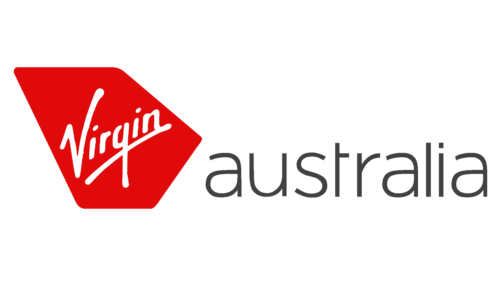Virgin Australia is an Australian airline that provides domestic and international flights. The company is owned by Bain Capital and operates as part of the Virgin Group. With its headquarters in Brisbane, Virgin Australia has a wide network of routes across Australia, as well as connections to destinations in Asia, North America, and the Pacific. The airline prides itself on its excellent customer service, comfortable aircraft, and a commitment to sustainability.
Meaning and history
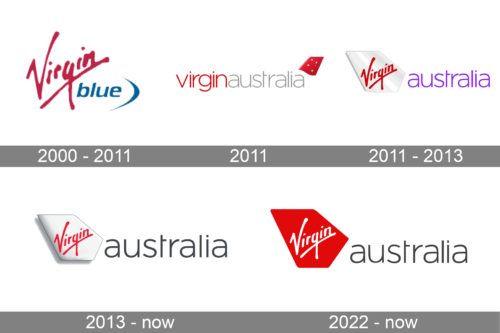
Virgin Australia is a prominent Australian airline that operates domestic and international flights. Established in 2000, the airline focuses on delivering a high-quality travel experience to its customers. Virgin Australia is known for its modern fleet, excellent service, and innovative onboard features. The airline offers a range of services, including complimentary meals and entertainment options, ensuring a comfortable journey for passengers. With a strong emphasis on customer satisfaction and a commitment to sustainability, Virgin Australia continues to be a leading choice for both business and leisure travelers in Australia and beyond.
What is Virgin Australia?
Virgin Australia, formerly known as Virgin Blue Airlines, is an Australian airline that provides domestic and international flights. It was established in 2000 as a low-cost carrier but has since evolved into a full-service airline. Virgin Australia offers a range of services and amenities to its passengers, including comfortable seating, in-flight entertainment, and a frequent flyer program.
2000 – 2011
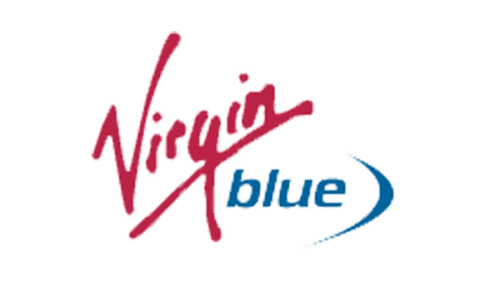
Virgin Australia started its history with the name Virgin Blue in 2000 and stayed like that for almost a decade. The original logo of the air carrier was composed of two parts — the red “Virgin”, written in its recognizable corporate style with thick rounded lines, and a lowercase sans-serif “Blue” with a vertically-oriented swoosh in the same shade.
2011
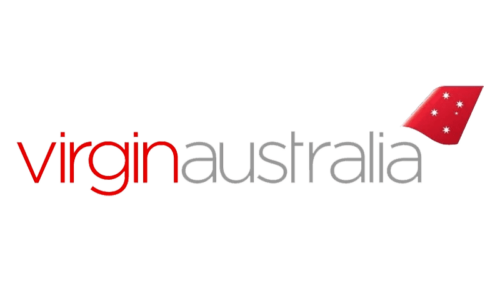
Virgin Blue was renamed Virgin Australia in 2011, and the first logo of the new brand was only used for a couple of months. It was a lowercase lettering in red and gray, executed in a modern medium-weight sans-serif font, with the wordmark decorated by a red airplane tail with small white stars on it. There were some gradients on the emblem, which made the modest composition a bit more ornate.
2011 – 2013
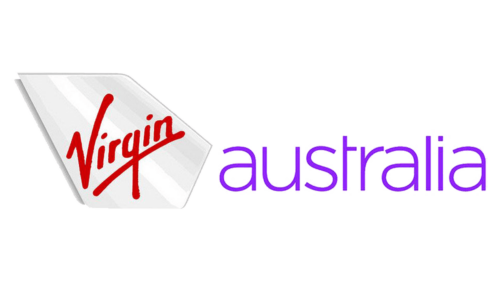
After the redesign, the iconic “Virgin” style with bold red letters, set diagonally and underlined, came back to the air carrier’s visual identity. It was placed in a glossy silverfish tail with geometric contours, placed in the left part of the logo, and accompanied by a lightweight purple “Australia” in the lowercase of a modern sans-serif typeface.
2013 – now
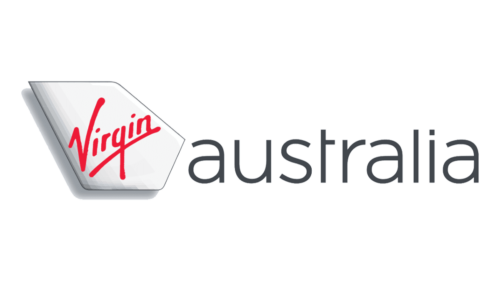
The redesign of 2013 simplified the Virgin Australia logo, replacing the bright purple shade with a solid gray. The graphical part was also refined and cleaned up, leaving fewer gradients and accenting more on a dark gray shadow of the wing. This version, created in 2013, is still used by the company today.
2022 – now
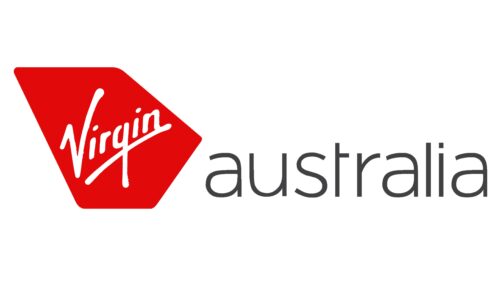
Another redesign happened to the Virgin Australia logo in 2022. And again, it was all about simplification. The gradient gray wing got replaced by a flat red one, with the Virgin logotype rewritten in white. As for the “Australia” part, it remained exactly the same as it was on the previous badge.


